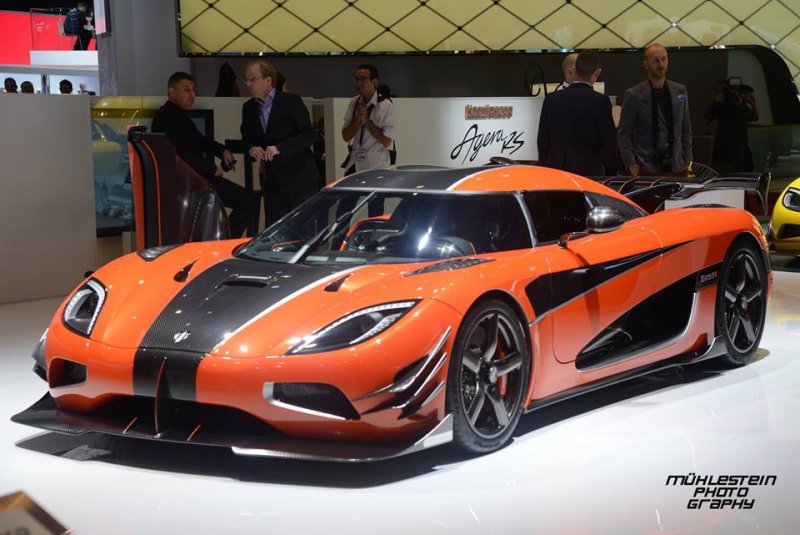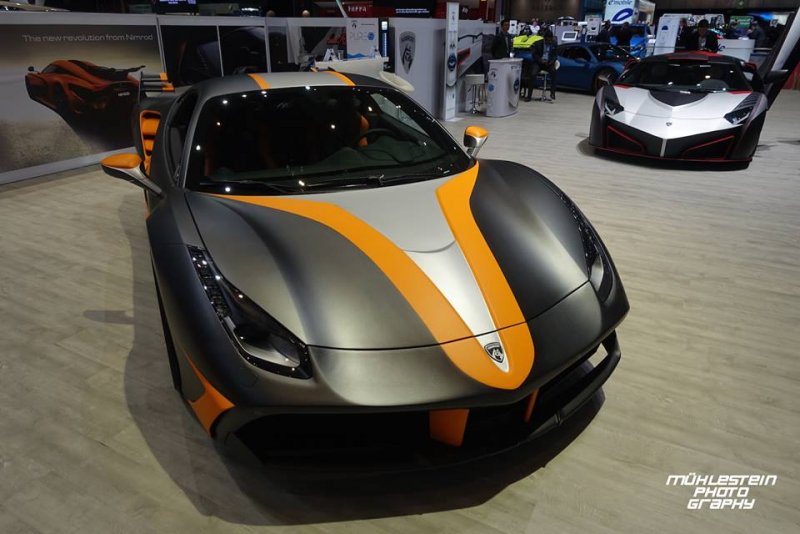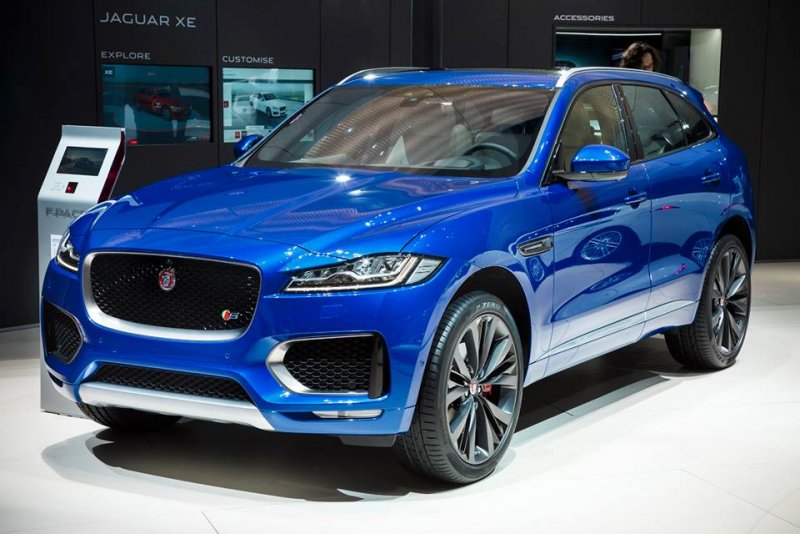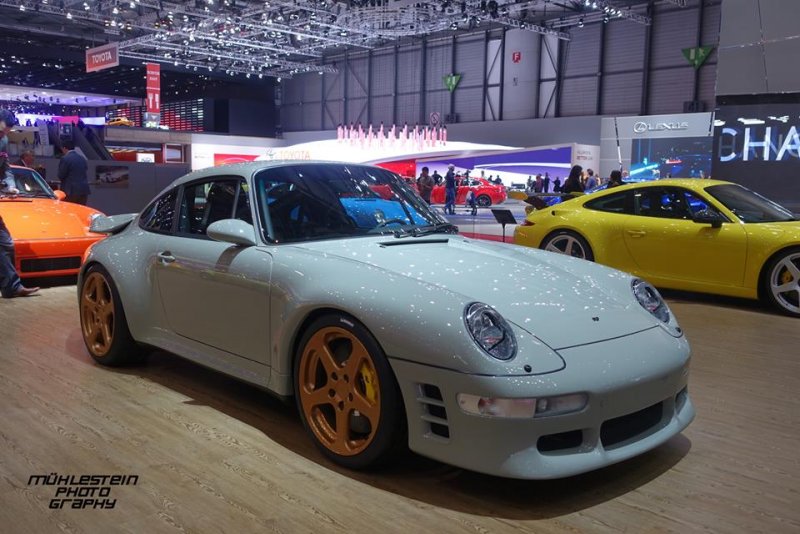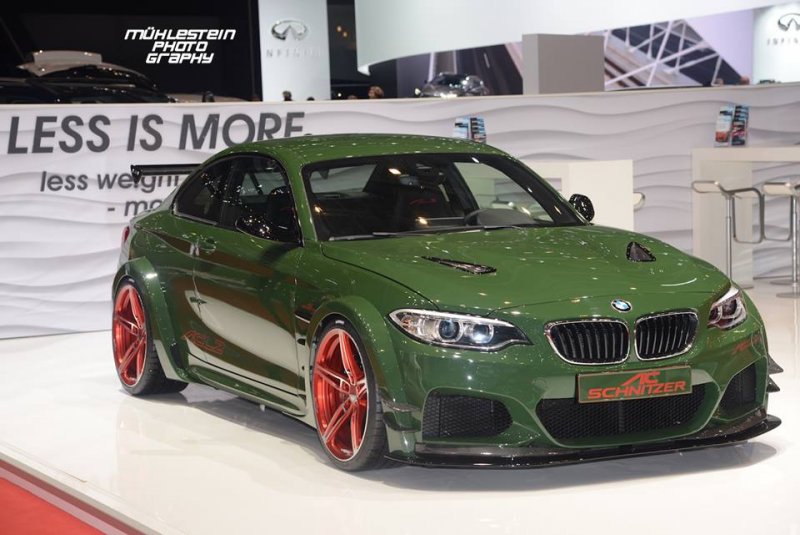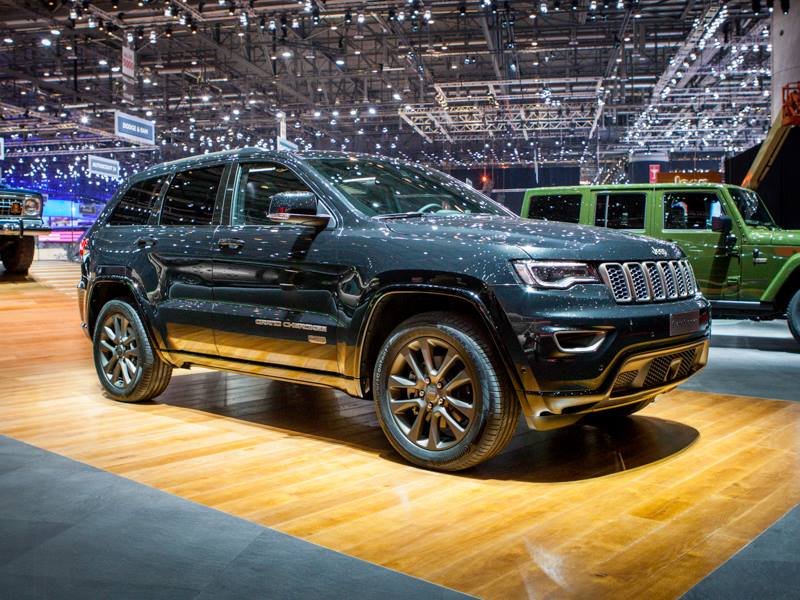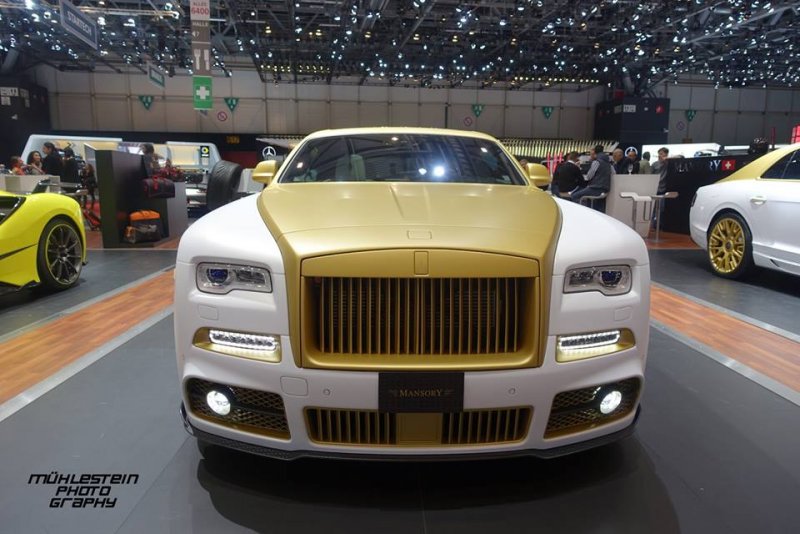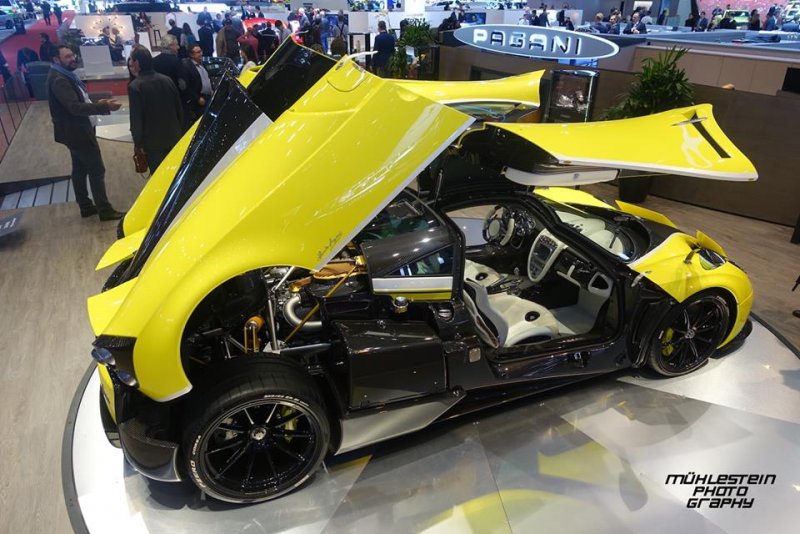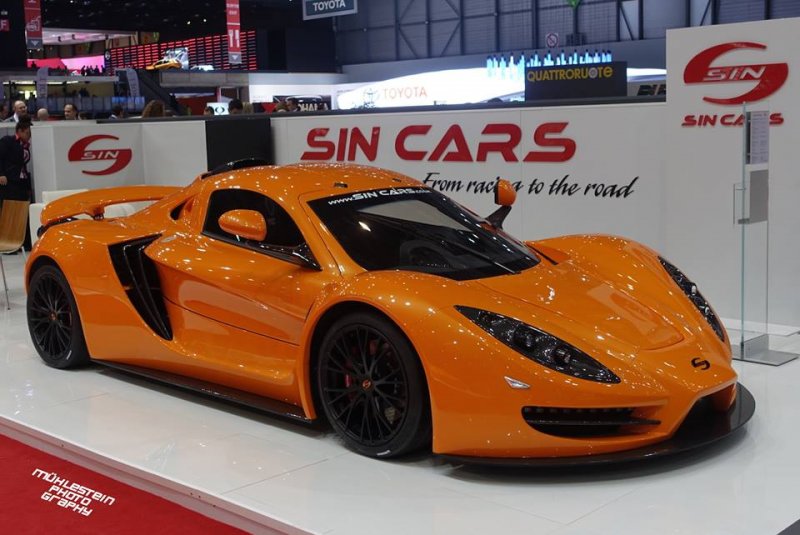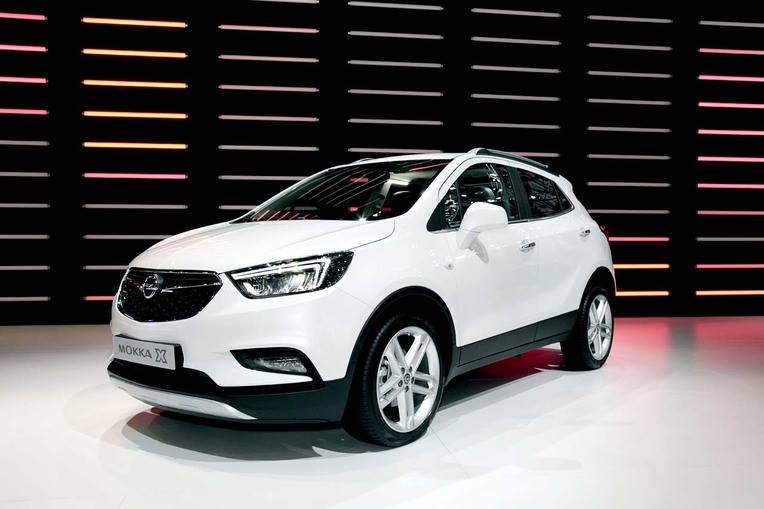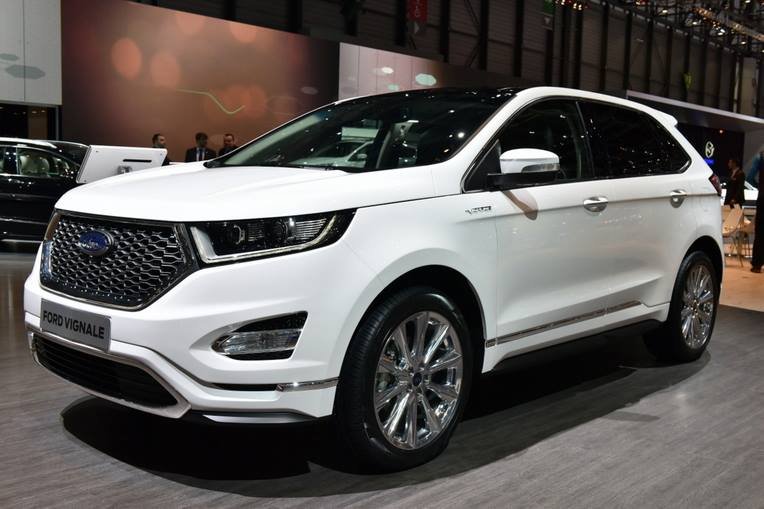Thread Starter
#1
BENTLEY UNVEILS THE MULSANNE GRAND LIMOUSINE BY MULLINER – THE ULTIMATE EXPRESSION OF BESPOKE, COACHBUILT LUXURY
MAR 1, 2016
Privately-commissioned, bespoke Mulsanne is perfect showcase
of Mulliner’s skill and vision
One metre of additional length and a new higher roof affords passengers luxury of space and comfort
Luxurious private-aviation-inspired rear cabin with face-to-face seating
‘Smart glass’ assures privacy; in-car technology enhances experience
Hand-crafted in Crewe by Mulliner, Bentley’s coachbuilding division
(Geneva, Switzerland. 1 March 2016) Bentley unveils the Mulsanne Grand Limousine by Mulliner at the 2016 Geneva Motor Show today, showcasing the ultimate expression of bespoke automotive luxury, craftsmanship, individualisation and refinement.
The Mulsanne Grand Limousine is one metre longer and 79 mm taller than Bentley’s new Mulsanne and features a unique interior with private-aviation-style seating configuration in the rear cabin.
Bentley’s first application of electrochromic or ‘smart glass’ – which allows passengers to switch the interior division and rear-cabin window glass between clear and opaque at the touch of a button – and a suite of onboard technology ensures the Mulsanne Grand Limousine by Mulliner experience is both exclusive and luxurious.
This private commission has been designed, engineered and handcrafted by Bentley’s coachbuilding division, Mulliner, which has more than 100 years’ heritage in peerless bespoke automotive coachbuilding and fabrication.
Wolfgang Dürheimer, chairman and chief executive of Bentley Motors, comments: “The Mulsanne Grand Limousine showcases the exquisite craftsmanship of our in-house coachbuilder, Mulliner and exemplifies the way in which our experts consult with a customer to turn their vision into an extraordinary reality. The attention to detail, quality, creativity and skill applied to every Mulliner commission is truly unique in the automotive world.”
Coachbuilt by Mulliner
Inside the ultra-luxurious, customer-commissioned passenger cabin is an experience evocative of the very best in luxury private-aviation design.
The original brief was to build a car with four rear seats of equal comfort. The four seats – two of which are rear-facing to allow face-to-face conversation – are generously accommodated beneath a uniquely handcrafted wood-veneered roof bow within a cabin trimmed in sumptuous leather.
Privacy is ensured by an electrochromic ‘smart glass’ division that changes from clear to opaque at the touch of a button. Bentley’s craftsmanship is also on show in the quality of the veneer panel encasing three dials displaying UK and local time as well as exterior temperature.
With the focus on the rear-cabin, a new HVAC system has been developed exclusively by Mulliner. Furthermore, the interior offers features such as iPad charging and docking stations, as well as veneered fold-out tables, a bottle cooler with frosted glass and crystal flutes, and a soft drink cabinet with bespoke tumblers. It has an intercom system to communicate with the driver and unique controls for the rear features.
Throughout, only the most luxurious materials have been used to achieve exemplary levels of refinement. The opulence of the rear cabin is accentuated by the extensive use of wood and leather for which Bentley is renowned.
Finished in two-tone Silver Frost and Moroccan Blue, the greatest attention to detail has been applied to the Mulsanne Grand Limousine by Mulliner. This is evident from the Flying ‘B’ mascot – engraved with the words ‘Coachbuilt by Mulliner’ – which stands above a unique iteration of Bentley’s iconic chrome grille and lower bumper grilles, designed specifically for this car.
The effortless lines that track from the bonnet along the sinuous body of the limousine conclude in beautifully resolved shoulders, melding the aesthetic purity of Bentley’s flagship car with the luxury of additional space inside. Beneath this delightful example of coachbuilding sit four unique 21” wheels, colour-matched to the exterior finish.
In accordance with the enhanced dimensions, the Mulsanne Grand Limousine by Mulliner is fitted with a fully engineered powertrain, transmission and a re-engineered chassis and suspension, guaranteeing the highest possible degree of passenger comfort and safety in the longest ultra-luxury sedan in the world.
Mulliner – Rare by design
Mulliner exists to respond to the requirements of Bentley’s most discerning customers. In the world of Mulliner, anything is possible. Any type of personalisation can be undertaken to create a unique Bentley of individual taste. Whatever a customer desires, highly skilled and dedicated craftspeople – supported by the vast styling and engineering experience of Bentley – take a customer’s vision and turn it into reality.
MAR 1, 2016
Privately-commissioned, bespoke Mulsanne is perfect showcase
of Mulliner’s skill and vision
One metre of additional length and a new higher roof affords passengers luxury of space and comfort
Luxurious private-aviation-inspired rear cabin with face-to-face seating
‘Smart glass’ assures privacy; in-car technology enhances experience
Hand-crafted in Crewe by Mulliner, Bentley’s coachbuilding division
(Geneva, Switzerland. 1 March 2016) Bentley unveils the Mulsanne Grand Limousine by Mulliner at the 2016 Geneva Motor Show today, showcasing the ultimate expression of bespoke automotive luxury, craftsmanship, individualisation and refinement.
The Mulsanne Grand Limousine is one metre longer and 79 mm taller than Bentley’s new Mulsanne and features a unique interior with private-aviation-style seating configuration in the rear cabin.
Bentley’s first application of electrochromic or ‘smart glass’ – which allows passengers to switch the interior division and rear-cabin window glass between clear and opaque at the touch of a button – and a suite of onboard technology ensures the Mulsanne Grand Limousine by Mulliner experience is both exclusive and luxurious.
This private commission has been designed, engineered and handcrafted by Bentley’s coachbuilding division, Mulliner, which has more than 100 years’ heritage in peerless bespoke automotive coachbuilding and fabrication.
Wolfgang Dürheimer, chairman and chief executive of Bentley Motors, comments: “The Mulsanne Grand Limousine showcases the exquisite craftsmanship of our in-house coachbuilder, Mulliner and exemplifies the way in which our experts consult with a customer to turn their vision into an extraordinary reality. The attention to detail, quality, creativity and skill applied to every Mulliner commission is truly unique in the automotive world.”
Coachbuilt by Mulliner
Inside the ultra-luxurious, customer-commissioned passenger cabin is an experience evocative of the very best in luxury private-aviation design.
The original brief was to build a car with four rear seats of equal comfort. The four seats – two of which are rear-facing to allow face-to-face conversation – are generously accommodated beneath a uniquely handcrafted wood-veneered roof bow within a cabin trimmed in sumptuous leather.
Privacy is ensured by an electrochromic ‘smart glass’ division that changes from clear to opaque at the touch of a button. Bentley’s craftsmanship is also on show in the quality of the veneer panel encasing three dials displaying UK and local time as well as exterior temperature.
With the focus on the rear-cabin, a new HVAC system has been developed exclusively by Mulliner. Furthermore, the interior offers features such as iPad charging and docking stations, as well as veneered fold-out tables, a bottle cooler with frosted glass and crystal flutes, and a soft drink cabinet with bespoke tumblers. It has an intercom system to communicate with the driver and unique controls for the rear features.
Throughout, only the most luxurious materials have been used to achieve exemplary levels of refinement. The opulence of the rear cabin is accentuated by the extensive use of wood and leather for which Bentley is renowned.
Finished in two-tone Silver Frost and Moroccan Blue, the greatest attention to detail has been applied to the Mulsanne Grand Limousine by Mulliner. This is evident from the Flying ‘B’ mascot – engraved with the words ‘Coachbuilt by Mulliner’ – which stands above a unique iteration of Bentley’s iconic chrome grille and lower bumper grilles, designed specifically for this car.
The effortless lines that track from the bonnet along the sinuous body of the limousine conclude in beautifully resolved shoulders, melding the aesthetic purity of Bentley’s flagship car with the luxury of additional space inside. Beneath this delightful example of coachbuilding sit four unique 21” wheels, colour-matched to the exterior finish.
In accordance with the enhanced dimensions, the Mulsanne Grand Limousine by Mulliner is fitted with a fully engineered powertrain, transmission and a re-engineered chassis and suspension, guaranteeing the highest possible degree of passenger comfort and safety in the longest ultra-luxury sedan in the world.
Mulliner – Rare by design
Mulliner exists to respond to the requirements of Bentley’s most discerning customers. In the world of Mulliner, anything is possible. Any type of personalisation can be undertaken to create a unique Bentley of individual taste. Whatever a customer desires, highly skilled and dedicated craftspeople – supported by the vast styling and engineering experience of Bentley – take a customer’s vision and turn it into reality.
Regards
Akash
Last edited by a moderator:




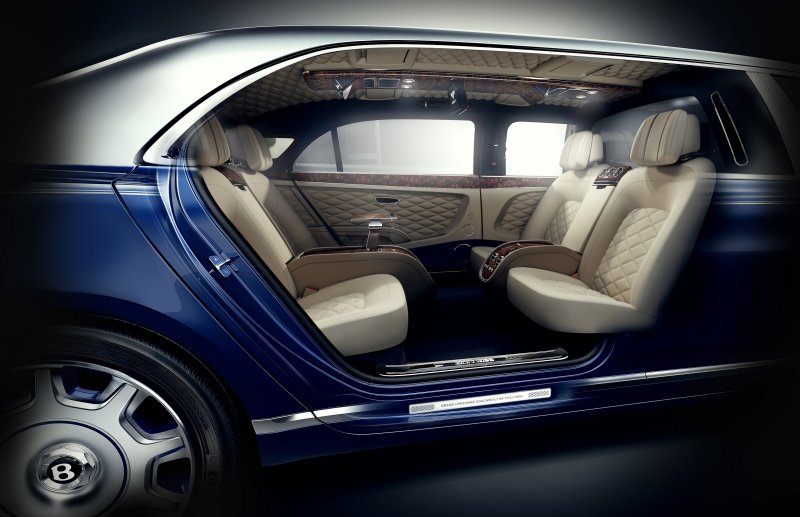
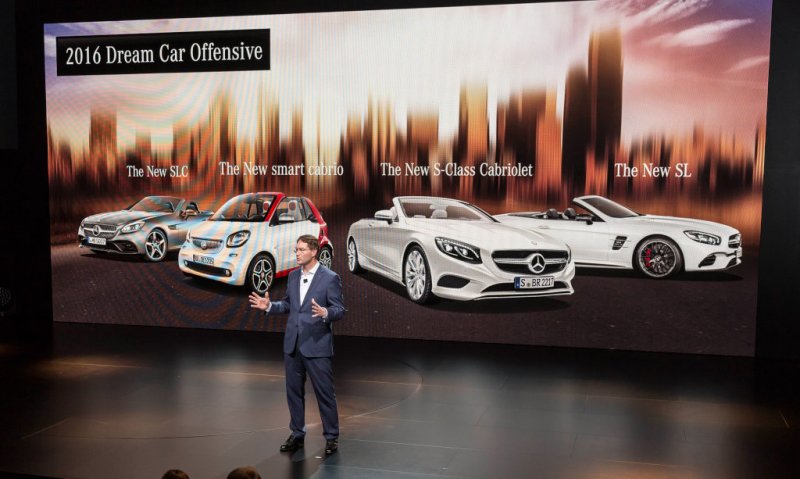
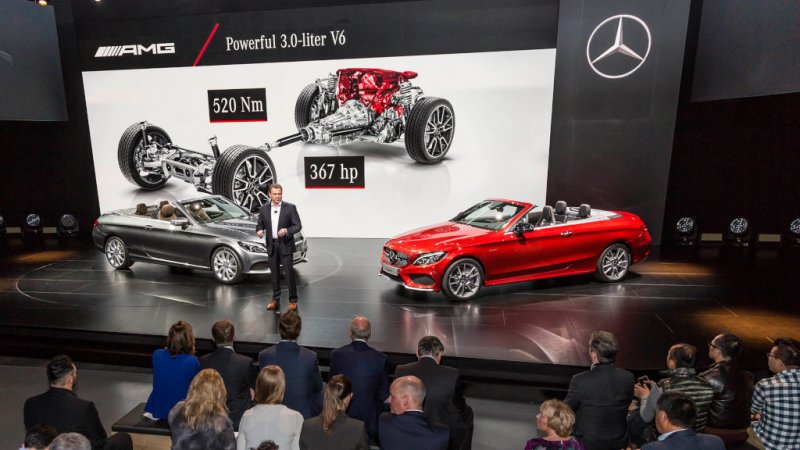




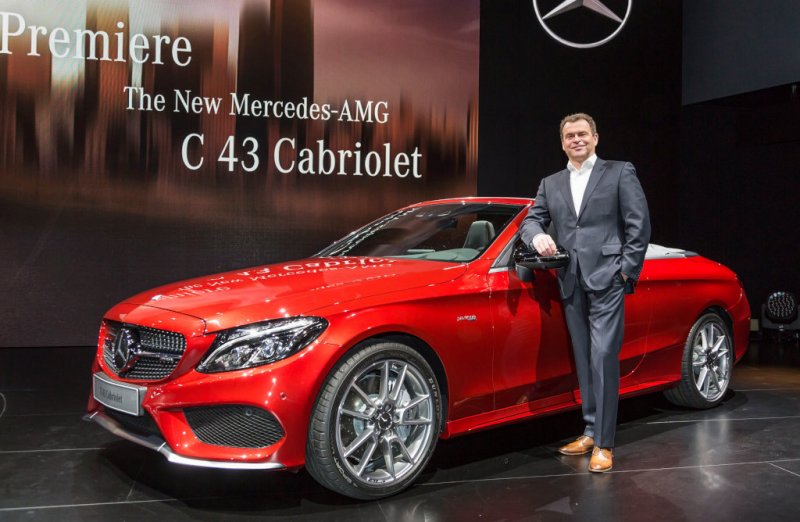
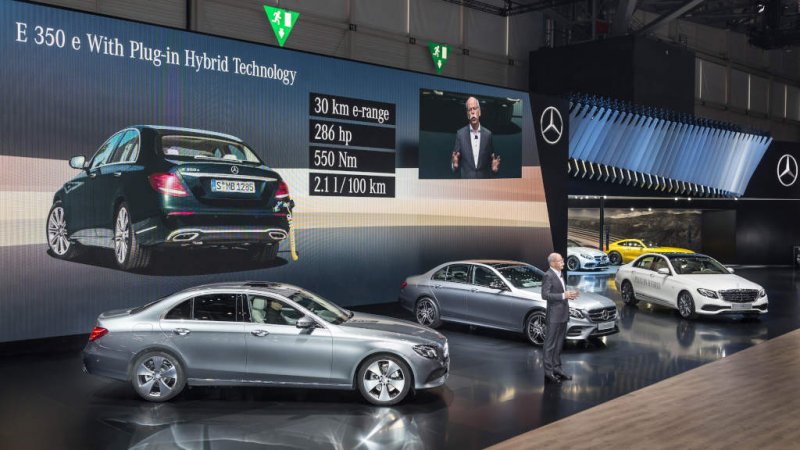

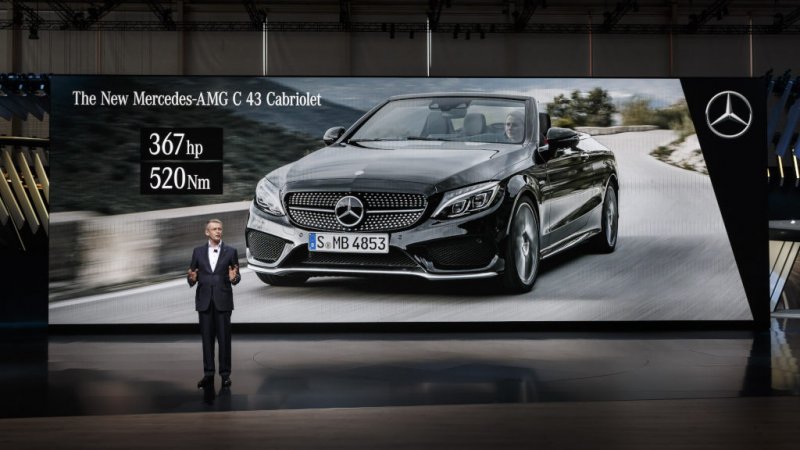

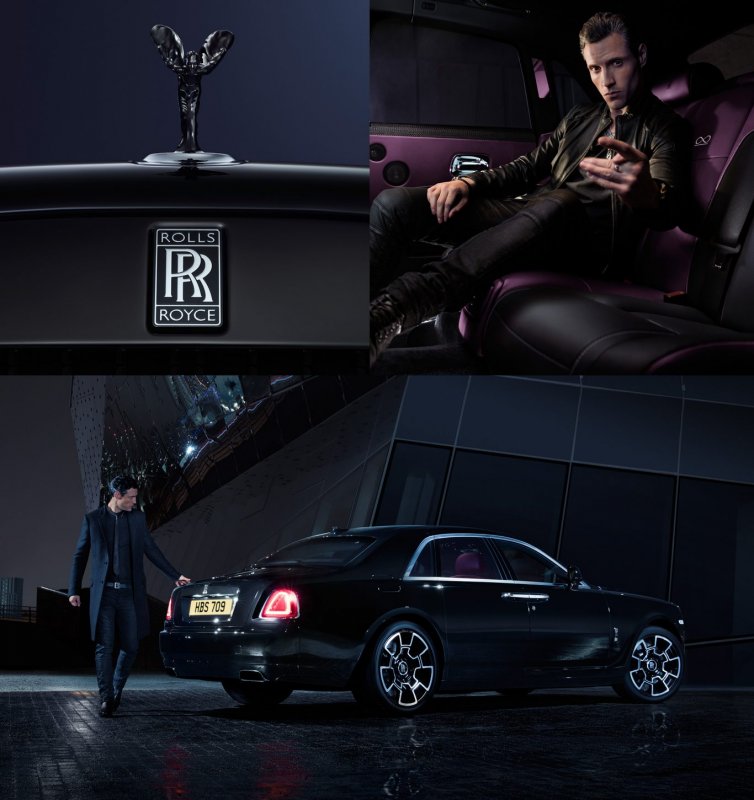



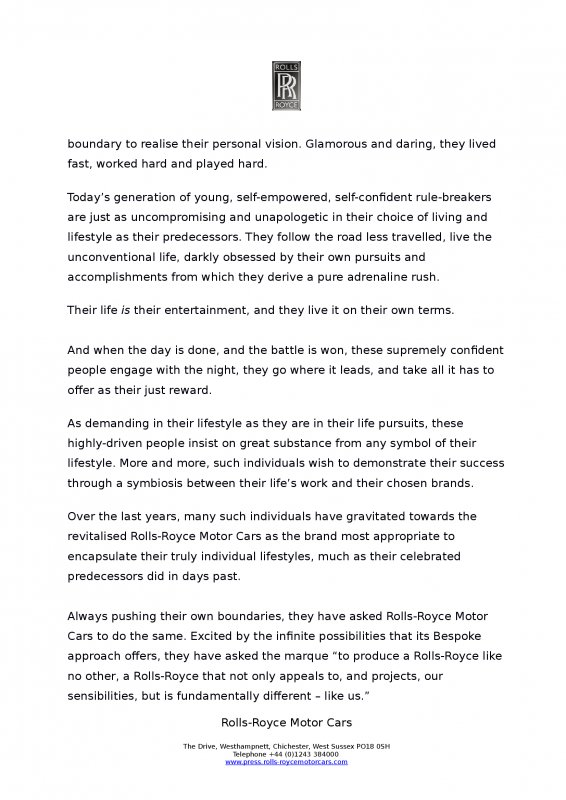




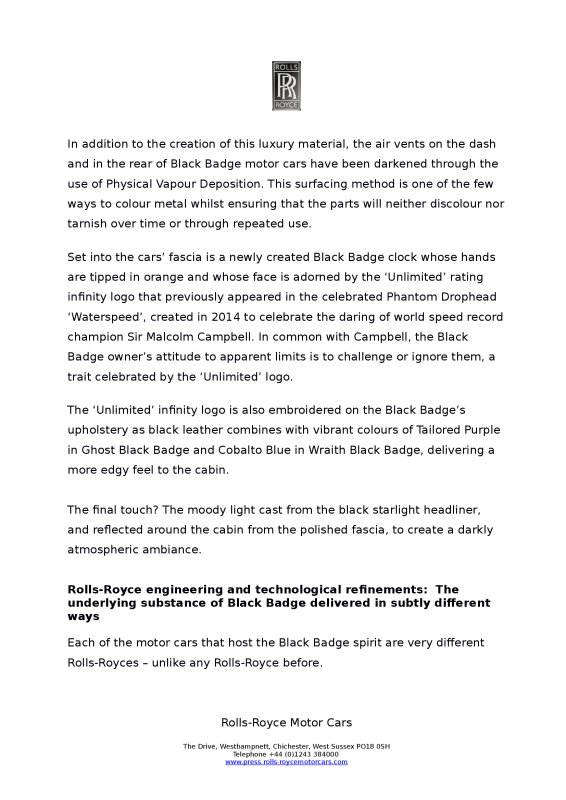




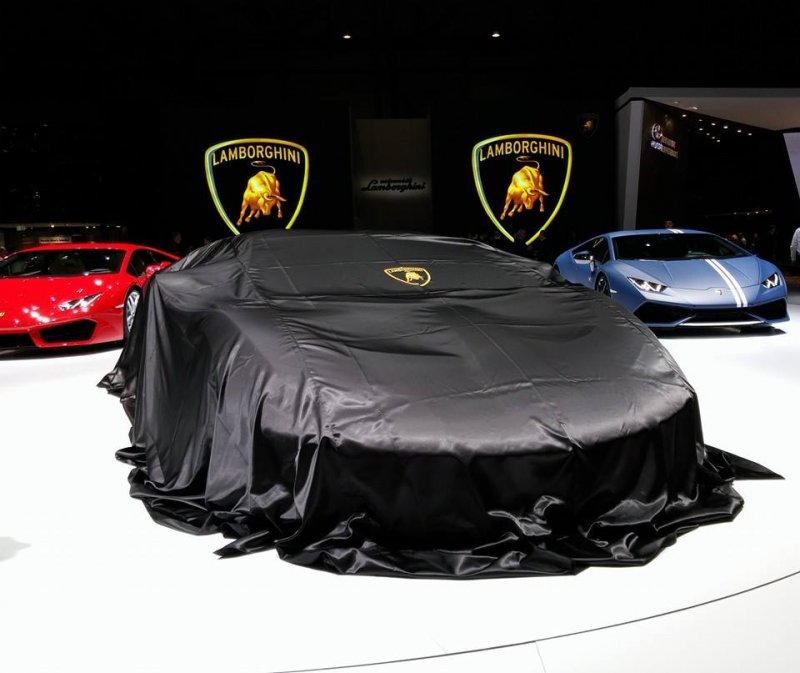
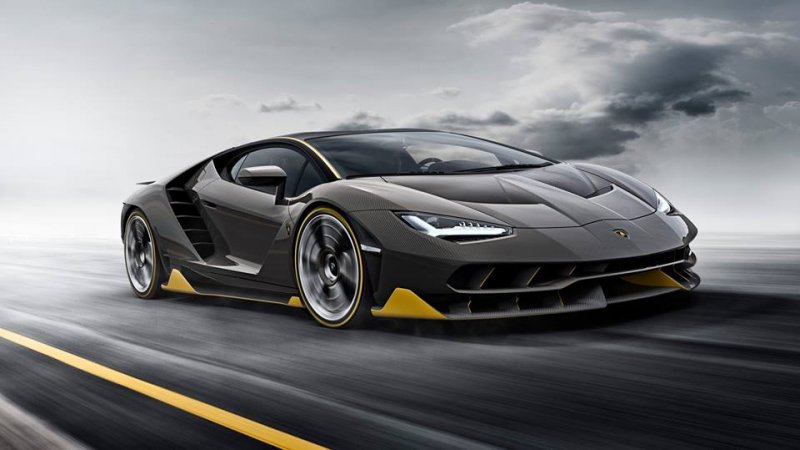
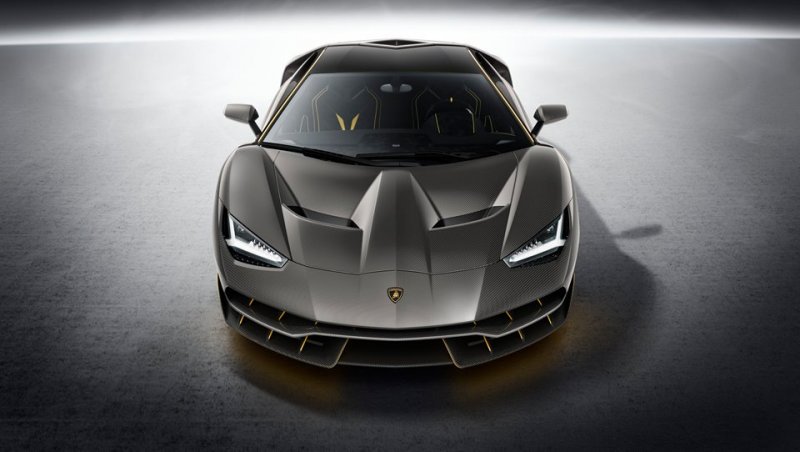
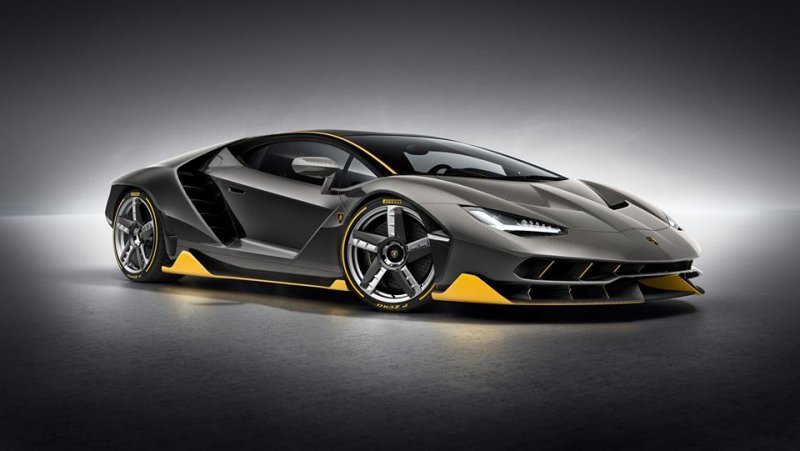

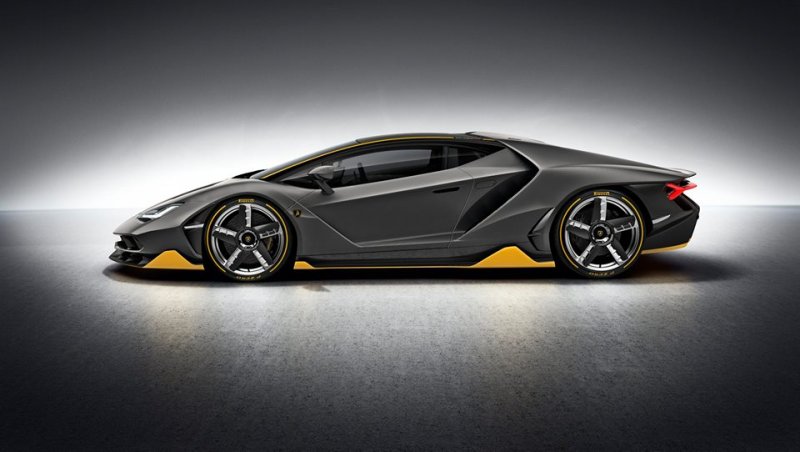
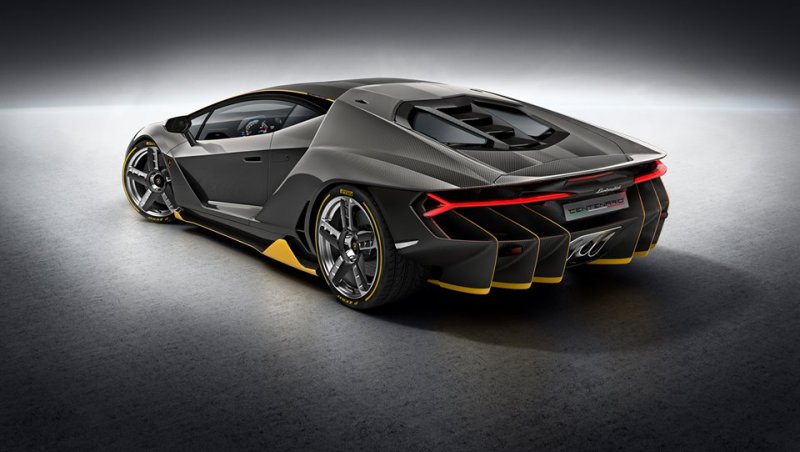


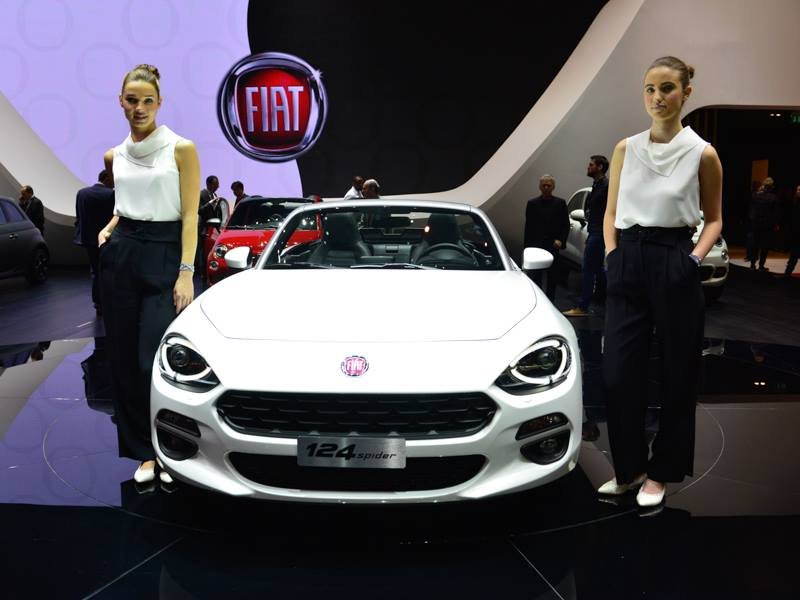







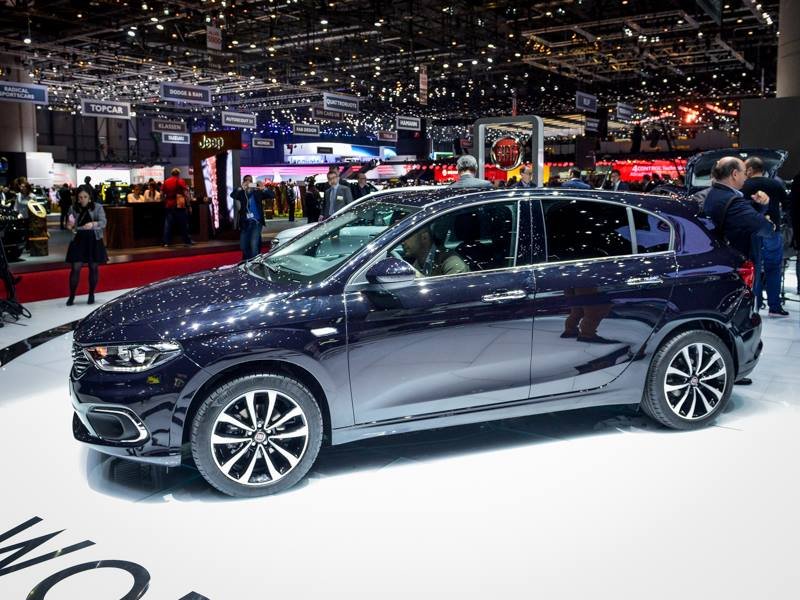


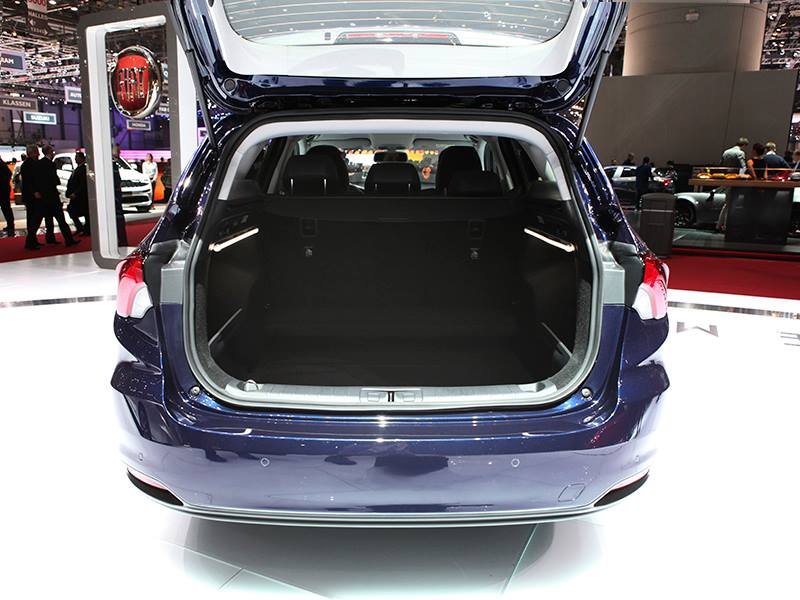









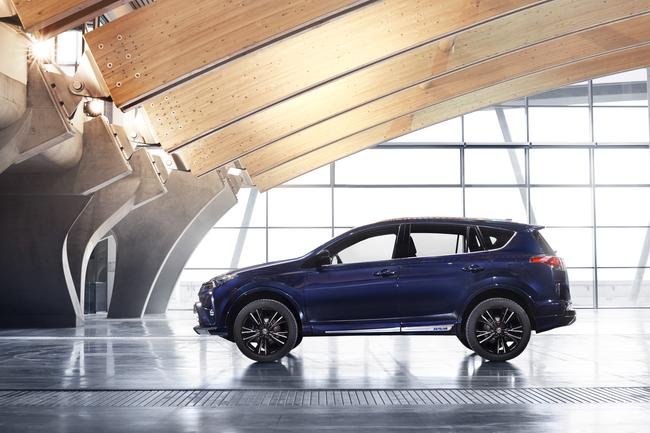


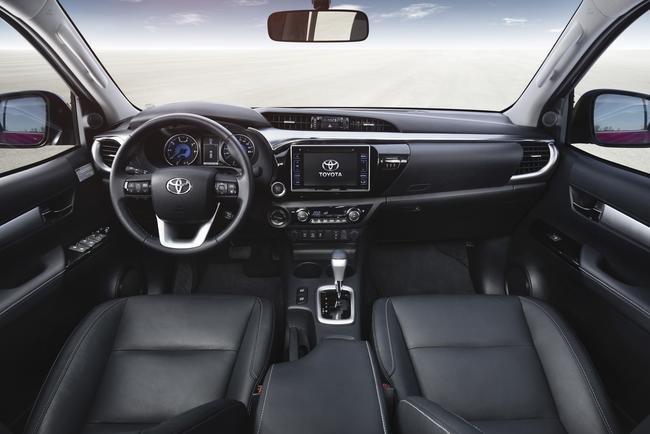




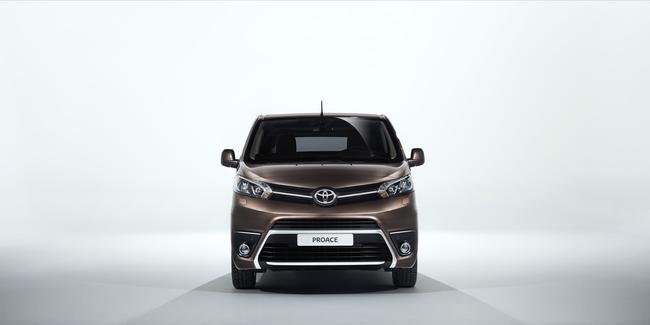





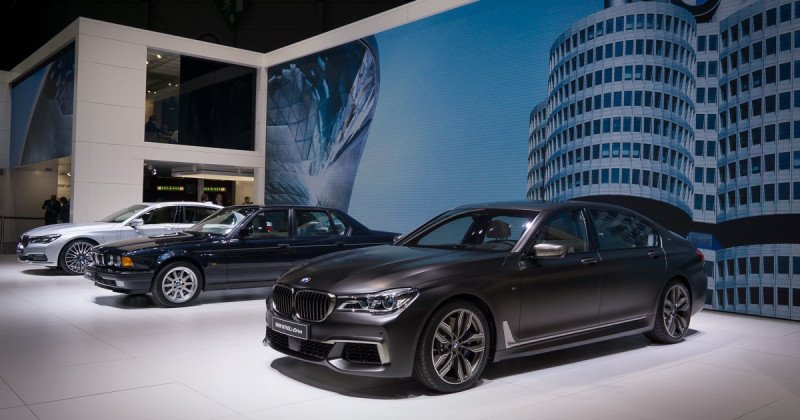





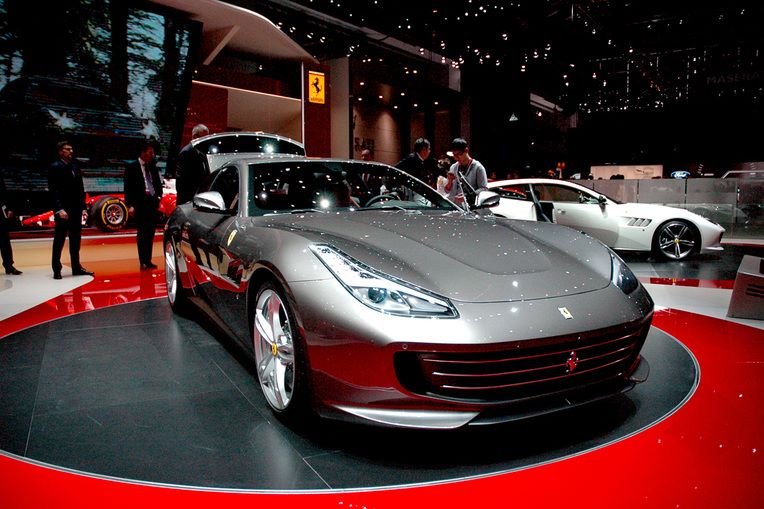
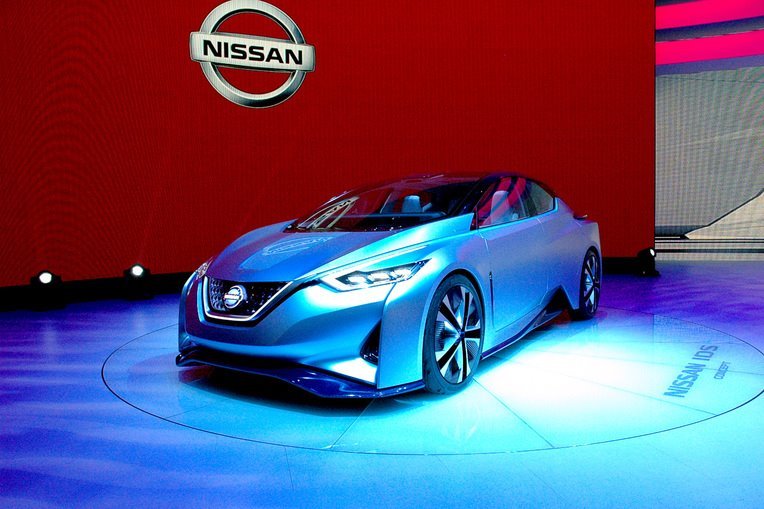
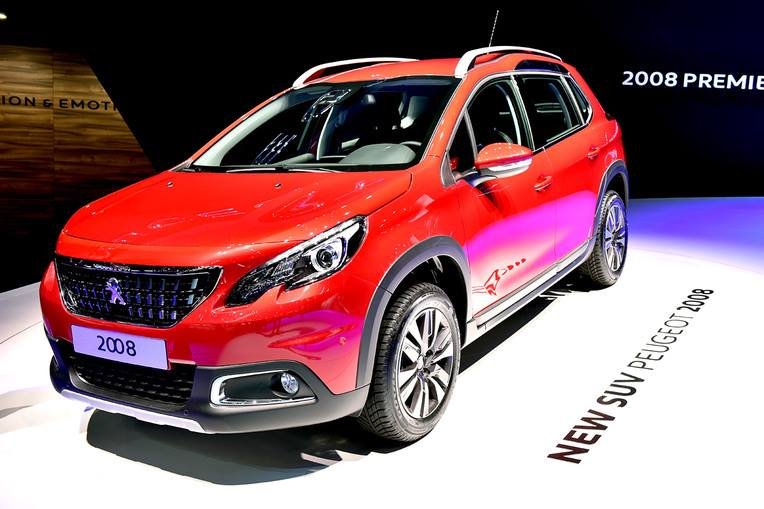
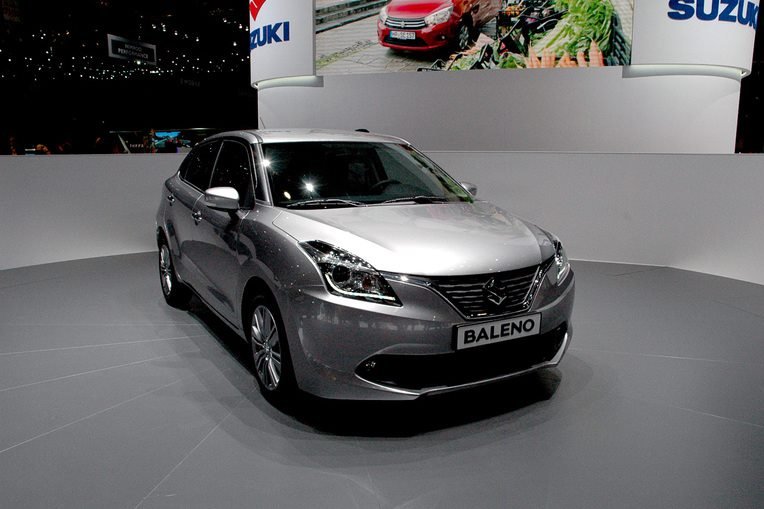






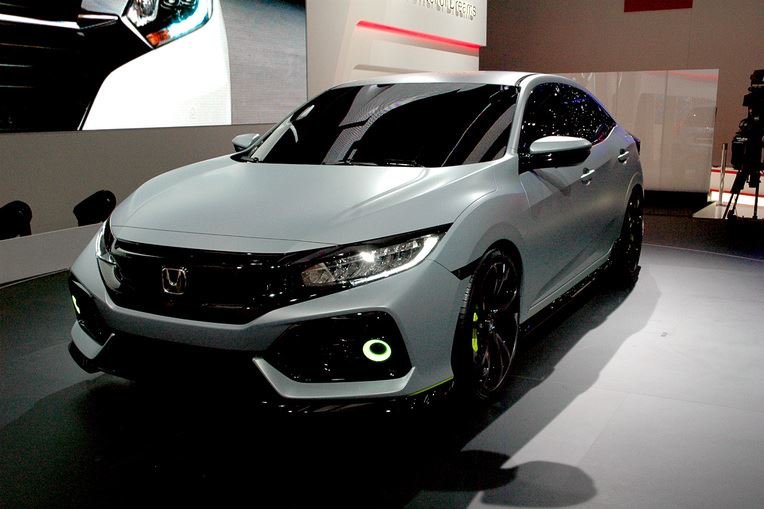
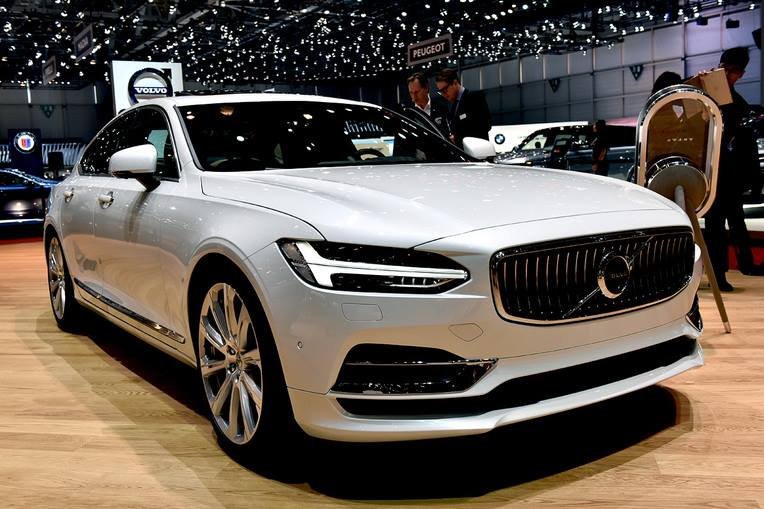



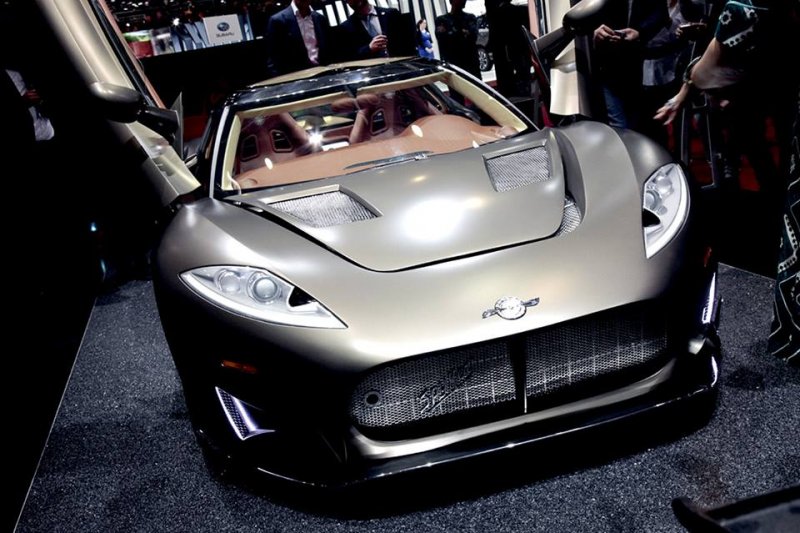

![Smile [:)] [:)]](https://www.theautomotiveindia.com/forums/images/smilies/Smile.gif)
